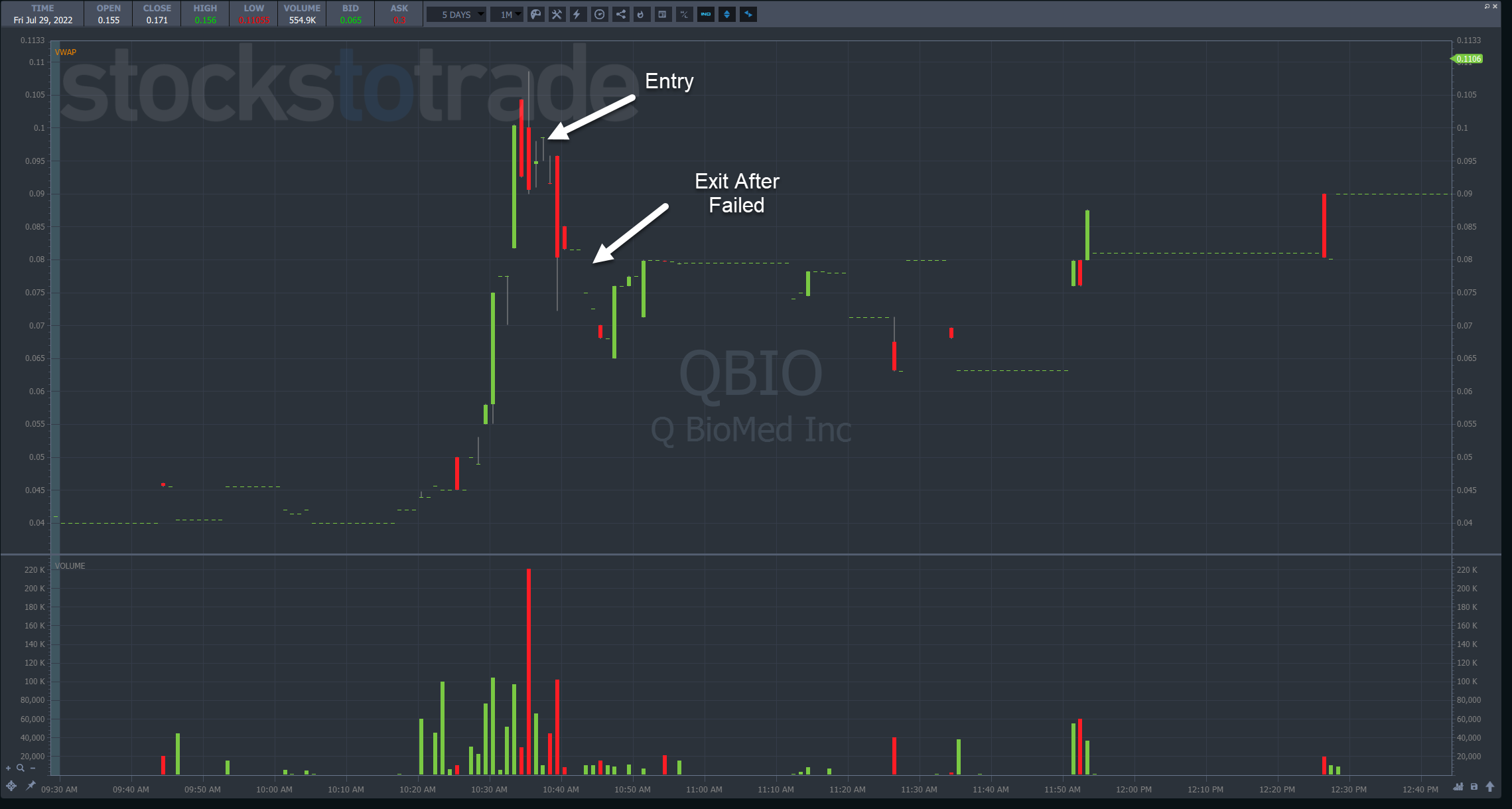I started trading back when I was 13 years old.
Almost 30 years and millions of dollars in profits later, people seem to think I’m immune to mistakes.
Nothing could be further from the truth.
While I make fewer mistakes than when I first started, or even 10 years ago, I still make them.
Ask any of my millionaire students, and they’ll tell you the same thing.
Anyone can have a winning streak here or there, especially when the market is hot.
Studying the patterns I teach and tactics I recommend, like cutting losses quickly, is hugely important.
However, I get a lot of newer traders who struggle to identify their errors, let alone fix them.
That’s when I offer them the same plan I’m about to share with you.
These ideas can help you quickly understand what happened and how to correct them.
It All Starts With A Plan

The only way to know when you make a mistake is to have a point of comparison.
That’s why one of the first things I teach my students is how to recognize chart patterns, be it my Supernova pattern, or otherwise.
Once you have an outline, then you create a trading plan.
In that trading plan, you need:
- A set strategy
- Criteria to trigger an entry
- Defined parameters for a profit target and stop loss
Here’s an example from a trade I took the other day in Q BioMed Inc. (OTC: QBIO).
QBIO delivered positive news in premarket regarding preclinical trials.
This stock was also a former runner from April.
That was enough to put the stock on my radar for a potential trade.
However, stocks like these can sometimes open without seeing any volume.
So, I waited for the news to digest and for shares to show signs of life.
About an hour into the trading session, I finally got what I was looking for.
Using my setup patterns, I entered the trade on a small pullback.
While shares held up for a few minutes, as did volume, there was no follow-through spike, much to my surprise.
So, I cut the position quickly for a small loss.
Write Everything Down
Trade journals will help you improve faster than any other tool out there.
None of us can remember all the trades we take, let alone the specifics.
A good trade journal helps you retain an accurate, unbiased look at your performance.
Mine is open for everyone to see online right here.
Let me give you an example.
The QBIO trade messed with my head a little bit. It got me out of sorts and I made a mistake in the trade I took in Brookmount Explorations Inc. (OTC: BMXI).
I’d already been in this name and managed to lock in a tiny profit.
However, the QBIO sat at the back of my mind.
I ended up in an overnight trade and then a day trade in the name, both of which failed.
When I sat down to review the trades, I realized I made two mistakes.
First, I let QBIO influence my habits and create a bit of FOMO.
Second, I took a trade on the third day of a runner, one of the least likely days for a stock to see additional follow-through.
These mistakes became apparent when I looked at all the trades I had taken over the last few days.
I created a video for my challenge students because I wanted them to avoid the same pitfalls.
Without actively journaling my trades every day, I don’t know that I would’ve realized my mistake as quickly, if at all.
The Bottom Line

This isn’t a hard process.
Tedious? Yes.
Hard? No.
It’s like a business creating their budget.
You draw out the plan, execute, and then compare your results to the plan.
Even if things turn out favorably, it’s important to verify that you stuck to the patterns, signals, and execution.
The last thing anyone wants is to get lulled into bad trading habits only to have the rug pulled out from under them.
–Tim
The post Learn From Your Mistakes appeared first on Timothy Sykes.
